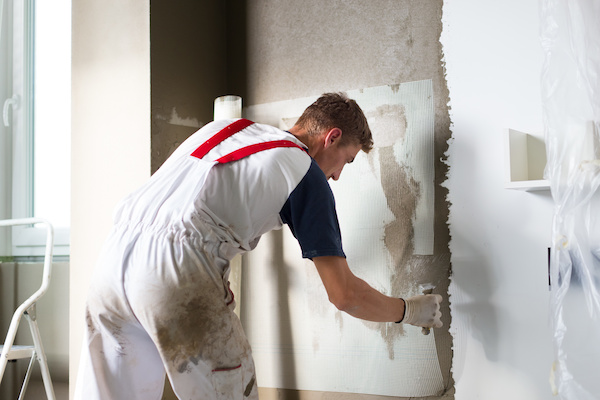When is a Property Worth Renovating?
harkins

Investors in commercial real estate will find that some of the properties that come to their attention will have substantial difficulties attached to them. Whether it is an unfortunate location, a tax lien, or a problem with the building itself, a commercial investor must be able to make an intelligent decision about how much they want to invest in a property for the return they expect to get. Although there is no hard-and-fast rule for calculating the variables and arriving at the most profitable course, there is a general truism that applies. There are three ways that a commercial property investor can renovate a substandard property; fast, cheap, and good. The investor may choose only two.
So, once the investor has determined how much time, effort, and funding they are willing to put into the property before making any profit, it will become simpler to calculate what sort of property is worth renovation.
Historical properties should always be maintained to the greatest degree possible, with only one single exception. The character of a neighborhood is often beloved by the people that live there, and nothing fuels their resentment quite like destroying a beloved building and replacing it with a cheap modern structure. This is especially true in commercial property for a number of reasons. The money required to build an entirely new facility often dwarfs the funding necessary to renovate an existing one. Some modern materials are often substandard compared to the materials of previous eras, especially lumber. Although modern facilities have the capacity to be more energy efficient, their design often is so inefficient that the new building loses more than it gains, especially when one considers the cost of new construction. So renovation in place is always preferable, with the single exception of buildings that are harmful. Older buildings do tend to use more materials that are now known to be dangerous, such as lead paint or asbestos insulation, and these must be removed in order for the building to have a new life. This can be expensive, although most municipalities and states offer programs that will help pay for such necessary work.
There are also other ways older buildings can contain risks. Perhaps a leak has rotted out a supporting wall and rendered the entire structure unsound, or perhaps the foundation has begun to decay. Foundation damage, plumbing repairs, roof repairs, electrical wiring problems, infestation, and renovating the building away from its original construction, such as when an old house is turned into a restaurant, all have the possibility of driving up the price and bringing down the profit.
However, there is good news. Many historical buildings will also be eligible for renovation assistance, and this can make a large difference in profitability. Thorough research can make a property that is only useful as a teardown into a thriving business opportunity. These buildings tend to be in the most profitable sections of a town, and the gratitude of the neighbors when the business owner demonstrates commitment to community and continuity should never be underestimated. There are few things more useful to a commercial property then the goodwill of the neighbors, and renovation in place can accomplish this. If it is possible to renovate a building, that is almost always the most desirable path. However, if the investor does the math and finds that the cost of repair outstrips the potential revenue to be gained, then there is little choice but to raze the property or to invest elsewhere.
« Previous Next »
 Harkins Commercial, Incorporated opened its doors in 1978. Originally conceived as an in-house real estate service for custom home clients of Harkins Development Corporation, Harkins Realty, Inc has today evolved into a comprehensive commercial real estate firm that offers a full range of business-oriented services.
Harkins Commercial, Incorporated opened its doors in 1978. Originally conceived as an in-house real estate service for custom home clients of Harkins Development Corporation, Harkins Realty, Inc has today evolved into a comprehensive commercial real estate firm that offers a full range of business-oriented services.